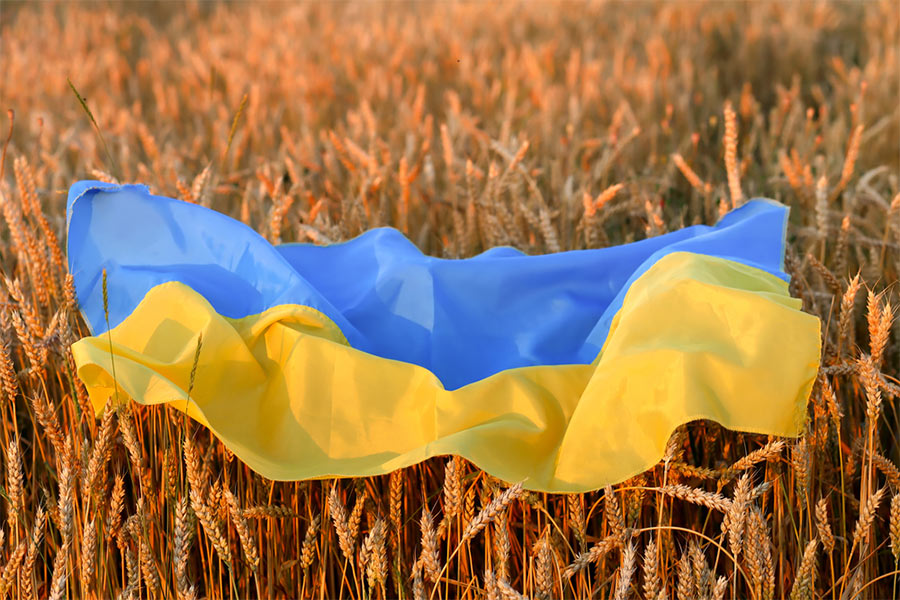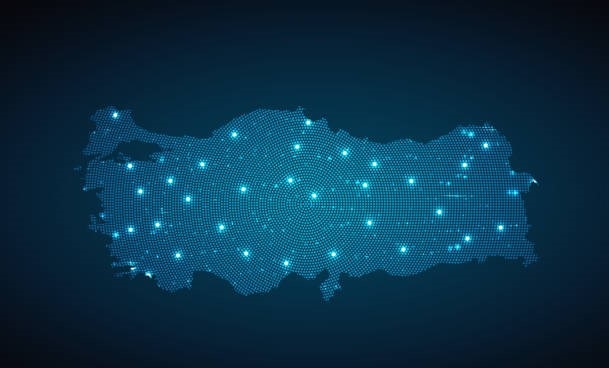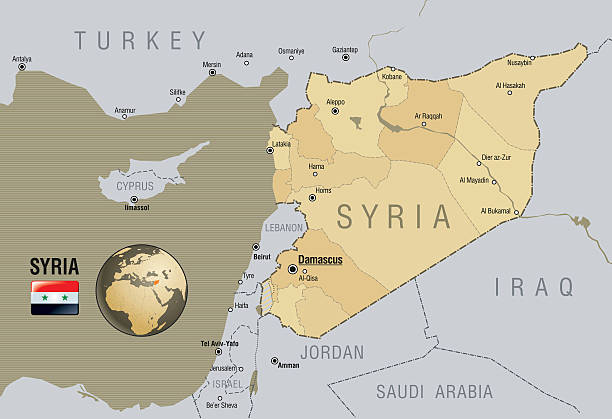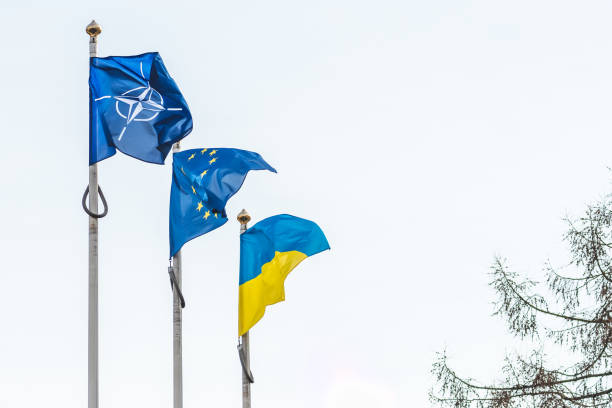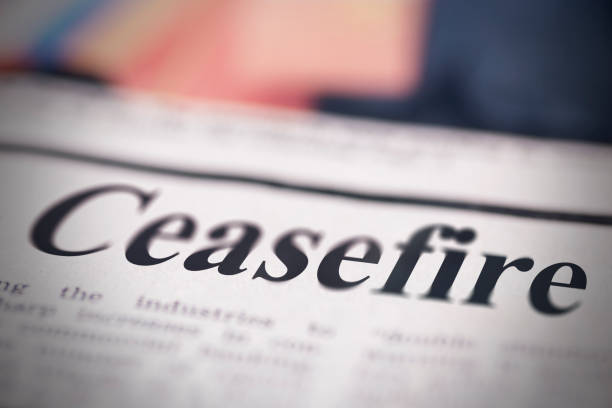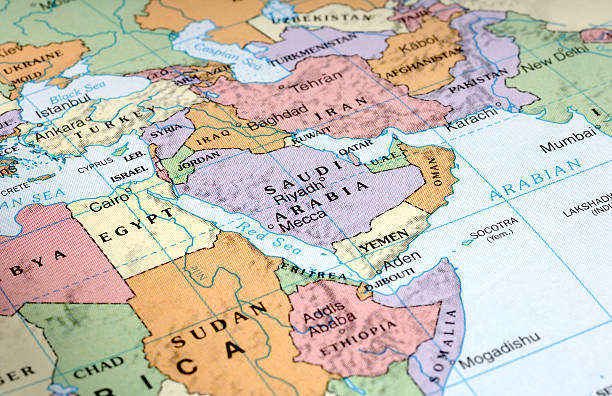
EU's Strategic Compass: Another Dwarf or Catapult
Official and intellectual efforts seem to have gained traction of late geared towards elaborating the EU’s Strategic Compass (SC) to be adopted in March 2022 under the French presidency.
Hence leaks, comments, and forecasts are galore as the deadline for the SC approaches. A hectic period lies ahead to formulate the EU SC, and the near future will demonstrate whether that strategic document ends up in dwarfed heights or catapults the efforts of the last three decades on EU security and defence into new dimensions.
Although this is not the first time the EU launches a process to streamline its quest for strategic autonomy in the security and defence domain, the strategic landscape in which the SC will be operationalised is radically different from previous occasions.
The comfort zone of the post-Cold War era is no more, and it has become evident that the EU will have to take on more responsibilities particularly in its neighbourhood and beyond to claim a strategic role. The imminent term will be a litmus test for the EU to demonstrate to what extent it will substantiate the controversial notion of strategic autonomy in security and defence.
The trek to strategic autonomy started in the 1990s with the Maastricht Treaty and witnessed different stages culminating in developing and strengthening C(F)SDP/ESDP initially by the introduction of new structures within the EU.
In the aftermath of the adoption of the Lisbon Treaty of 2010 and particularly during the Trump administration, the momentum to corroborate the EU’s security and defence pillar had acquired momentum at a time of bruised transatlantic relations.
When Trump announced the withdrawal of the U.S. from the Paris Climate Accord in 2017, Merkel made a clarion call to her EU colleagues to ‘take the destiny of Europe into their hands.’ Before that urging, the EU launched several initiatives such as PESCO, EDF, CARD guided by the EU’s Global Strategy of 2016. The level of ambition for strategic autonomy was thus conceptually elevated, but the capabilities as well as the financial pillar needed to realise it were missing.
The call by the then President of the EU Commission Juncker to constitute an EU Army, later to be referenced by the succeeding President Ursula von der Leyen was alluring to some within the EU but lacked any solid basis to act upon.
Such calls were reinforced by Macron’s proposal for a European Intervention Initiative in 2017 to foster the emergence of a European strategic culture with a focus on reinforcing the ability of Europeans to act together. And the real blow came when Macron declared NATO’s brain dead prior to the London Summit in 2019.
The question was once again to what extent intentions matched the EU’s capabilities, and more importantly whether there was a common political will in the ranks of the EU to carry forward such ambitious initiatives without undermining the transatlantic bond despite the strains between European Allies and the U.S.
High Representative Borrell summed it up in his recent article of 12 November 2021 to the effect that ‘this effort in no way contradicts Europe’s commitment to NATO, which remains at the heart of our territorial defense.’ This is exactly where the buck stops!
The Franco-German Treaty of Aachen of 2019 notwithstanding, the spat between the German Defence Minister Kramp-Karrenbauer and President Macron in 2020 as to the role of the U.S. security guarantees for Europe signified a bone of contention among the two leading EU members as to the future of the EU’s strategic autonomy. Now that a new coalition government is formed in Germany to be led by Social Democrats almost on the heels of the EU SC, the topic as to how Germany’s approach to strategic autonomy evolves will be of high interest.
The broader scene in Europe was further compounded by the finalisation of Brexit and its implications for European security and defence. The fact that the U.K., a major player in European security calculus, became a ‘third party’ for the EU cannot simply be neglected sofar as European security at large is concerned.(https://www.europeanleadershipnetwork.org/commentary/a-new-transatlantic-compact-in-the-aftermath-of-brexit)
When Biden took the helm in the U.S. in 2021, a ray of hope appeared for the EU over the horizon to reconcile the EU’s ambition in the security and defence realm within the transatlantic frame. Biden’s contacts with the EU leaders and the ‘NATO 2030: United for a New Era’ report by the Independent Experts Group, in which one of us took part, rekindled the spirit of transatlantic solidarity and raised hopes to redefine the urge toward EU’s strategic autonomy, albeit under new terms (https://www.nato.int/nato_static_fl2014/assets/pdf/2020/12/pdf/201201-Reflection-Group-Final-Report-Uni.pdf)
The latitude seized in transatlantic relations came under strain once again during the period leading to the dramatic withdrawal of NATO forces from Afghanistan, the AUKUS pact launched among the U.S., the U.K., and Australia in September and the continuing shift of the U.S. focus to Indo-Pacific to counterbalance the increasing influence of China in that region.(https://www.europeanleadershipnetwork.org/commentary/from-kabul-to-canberra-new-destinations-or-dead-alleys/)
It has now become a twist of history that the EU’s SC is under way when the strategic rivalry among the U.S., Russia, and China is reaching new peaks. How that process will transpire in March 2022 EU Summit is destined to remain on the agendas of political pundits and defence planners at a critical inflection point.
It is yet to be seen whether and to what degree the version of the draft text to be submitted to the EU leaders in December, and the upcoming NATO-EU joint declaration before the end of 2021 impact on galvanising an understanding among the EU members on a short term strategic guiding document extending to 2025.
Another irony that must be reckoned is that the EU SC will be adopted before NATO’s updated Strategic Concept to be adopted in June 2022 Summit. Owing to that peculiar sequence, will the EU SC provide a breathing ground for NATO or introduce new frictions to the transatlantic frame remains to be seen.
It is necessary more than ever to propose some potential ingredients for the EU SC in the following terms:
- Preliminary indications suggest that the EU SC will be constructed on four main baskets, namely, crisis management, capability development, resilience and partnerships. This four-pronged edifice, if combined in a holistic and inclusive manner, is a good departure point for the short term. Those four baskets are relevant for the Euro-Atlantic security and beyond and will have repercussions on debates to be launched within the transatlantic community. The crux of the matter will be how to dovetail or reconcile them with NATO’s updated Strategic Concept.
- The threat analysis undergirding the EU SC will be of the utmost importance given the current security challenges. Hints related to this analysis indicate divergences of opinion as to how to tackle the systemic rivalry with Russia and China and extend it to keep abreast of the emerging challenges in the Indo-Pacific region. That said, the driving motive to deal with China would most probably take its cue from the dual track approach applied to Russia comprising defensive measures (i.e. defence and deterrence) and dialogue to reap potential opportunities presented by such global challenges as climate change and pandemics. A separate track for Russia could be foreseen designed not pushing Russia further to align with China. Such a calibrated calculation, however, should not deviate from the current course against Russia so long as it maintains its aggressive pattern of behaviour. In sum, a tandem of separate, but not separable ‘double dual track’ approach is necessary.
- It is evident there will be a hiatus of three months between the EU SC and NATO’s SC, but a potential abyss in terms of the timelines to be pursued by the two strategic documents. If recent comments have any relevance, the EU SC offers a calendar for the first quarter of the century, notably a five-year period, whereas NATO’s SC will carry the Alliance to 2030 and beyond. Consequently, there should a built-in flexibility introduced in the EU SC to adapt it, when and if necessary. Hence an underlying need for a living and adaptable EU SC.
- Under the banner of EU Rapid Deployment Capacity there seems to be a design toward generating an initial entry force of 5.000 strong troops comprising land, air and maritime components in a modular frame. That requires an overhaul of existing concepts and initiatives such as Headline Goal and multinational Battlegroups, dysfunctional so far. Efforts will be needed to make them fit for purpose and operationally effective. Presuming that a renewed rapid deployment capacity is to be introduced, it will be noteworthy for the transatlantic community to identify whether that capacity would be accessible by NATO when circumstances so demand. Herein may lie an important aspect of a reverse Berlin plus arrangement based on complementarity between the two organisations and the indivisibility of security. It is equally important for willing and able non-EU Allies to have flexible inroads to the EU’s capacity for rapid deployment. An identifiable organic link should be established between the initial entry force and NRF/VJTF to maintain the Alliance’s level of ambition supported by those NATO members which are also EU member states.
- The EU SC not buttressed by financial means is destined to be elusive. The question whether the EU will oblige its members at least politically to attain a certain level of defence expenditures tied to a pre-identified timeframe remains to be seen. The size of the funds to be allocated to EDA projects and EDF for the next five years will be a stress test before the adoption of the EU SC.
- At a time of deepening strategic rivalry, enhanced resilience in all domains against a multitude of threats has become a critical objective. Resilience particularly against malign cyber and hybrid perils necessitates a holistic approach and cooperation within the transatlantic community. There is already a common ground between the EU and NATO in these two fields which must be further leveraged. The idea of a Joint Resilience Initiative should be sought between the two organisations to further enhance cooperation in this vital area. A similar cooperative effort is needed for cooperation in space especially in the wake of the recent anti-satellite missile test conducted by Russia.
- Europe is losing ground in high-end technological innovation. In that respect the EU Summit of March 2022 to endorse the EU SC should be an occasion to adopt a Declaration on Transatlantic Technology Cooperation in areas such as AI, robotics, drone, quantum computing, and six generation capabilities also serving the purpose of filling the strategic gaps the EU faces.
- In the run-up to the EU March Summit of 2022, it is highly likely that the EU will have to countenance the painstaking task of streamlining its decision-making processes to act expeditiously when circumstances so dictate. The possibility of a North-South, East-West divide coming to the surface will not be surprising mainly owing to ambivalent attitudes in display in dealing with Russia and China. This could even apply to crises in the EU’s immediate neighbourhood. To avoid inaction while deploying efforts to achieve progress in attaining capabilities, the EU could see it in its interest to build a layered decision-making structure allowing a space for ‘coalition of the willing’ involving its able and willing partners and preserve a suitable room to act collectively, when necessary, based on unanimity. To that end sitting on its laurels vis-à-vis emerging crises is a non-starter just like discriminating among able and willing non-EU NATO members in a position to act as partners of and security providers to the EU.
Image: Dr. Christian Mölling, Troben Schütz, “The EU’s Strategic Compass and its Four Baskets”, DGAP Report, November 2020. Available at https://dgap.org/en/research/publications/eus-strategic-compass-and-its-four-baskets


